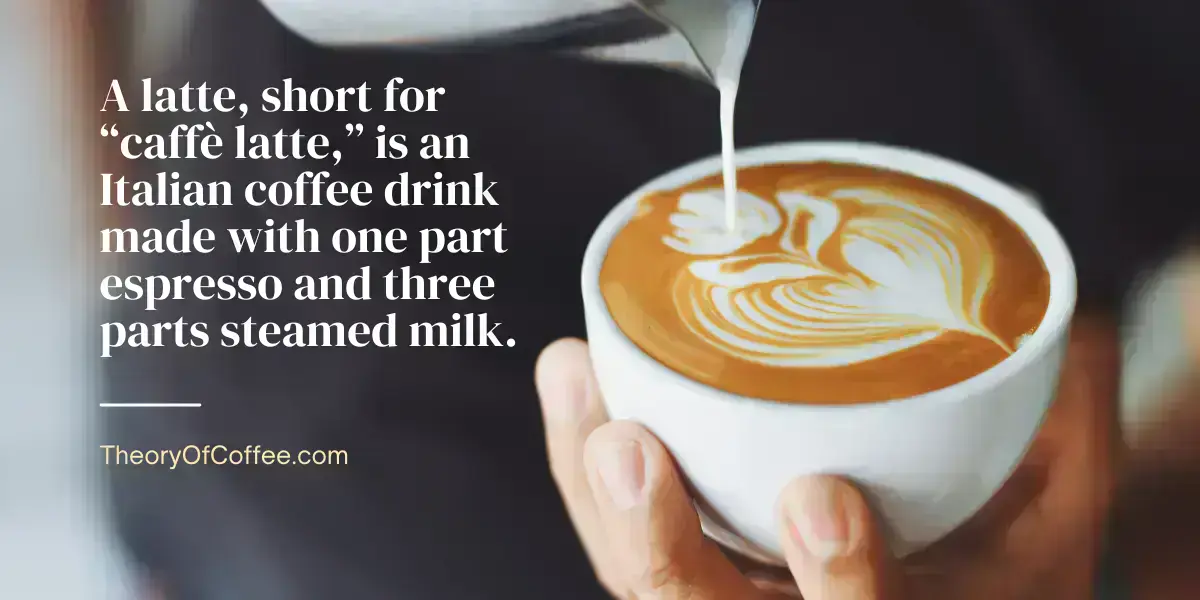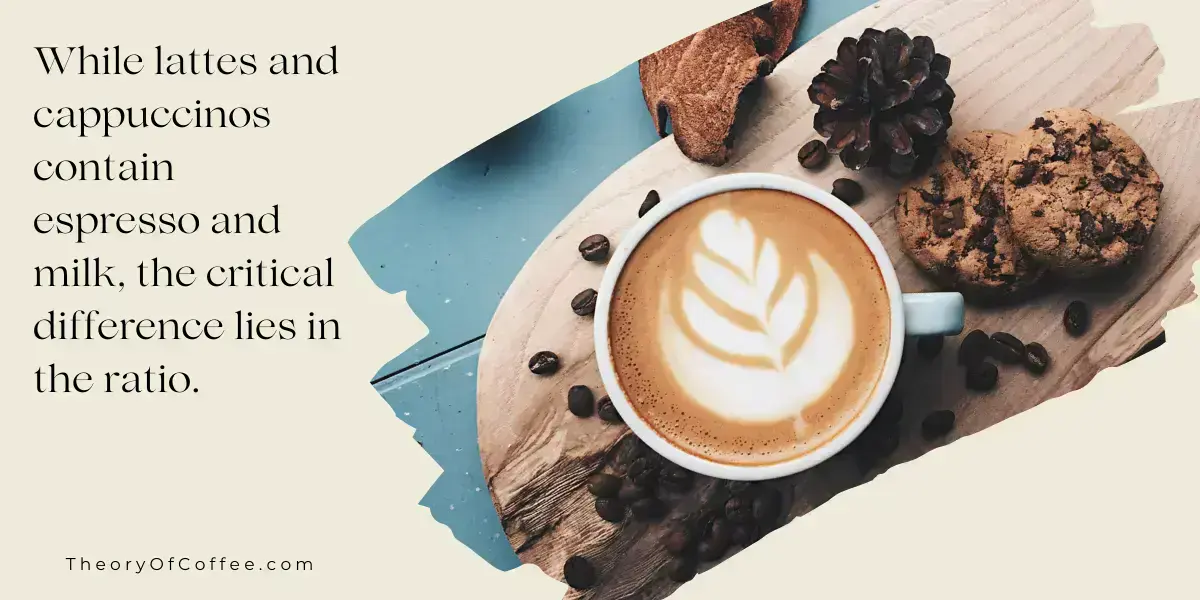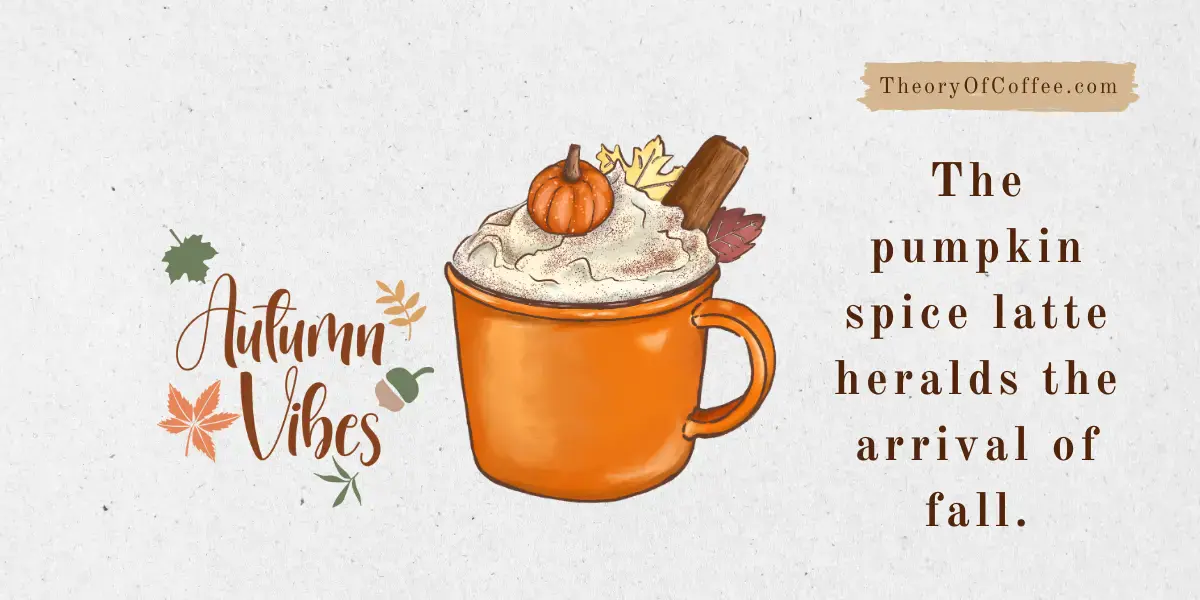Latte: More Than Just a Coffee Drink
Welcome to the ultimate guide to lattes, an informative journey through this famous coffee beverage’s rich, creamy world. With its origins in Italy and its immense popularity worldwide, the Latte is a phenomenon in the global coffee culture worth understanding. This guide will explore its history, variations, and preparation methods to help you appreciate your next cup of Latte even more.
1. What is a Latte?

A latte is a beloved coffee beverage known for its rich and creamy flavor. It consists of espresso combined with steamed milk, making it a popular choice for coffee enthusiasts seeking a balanced and comforting drink.
- Definition and Variants of Latte: A latte, short for “caffè latte,” is an Italian coffee drink made with one part espresso and three parts steamed milk. Variations of the Latte involve using different types of milk, such as soy or almond, and adding various flavorings like vanilla, caramel, or pumpkin spice.
- The Difference between a Latte, Cappuccino, and Flat White: Lattes, cappuccinos, and flat whites are all espresso-based drinks with milk, but their differences lie in the proportions of these ingredients. A cappuccino is equal parts of espresso, steamed milk, and milk foam, while a flat white is similar but with less foam.
- Ingredients of a Latte and Options for Plant-Based Milk: A traditional latte consists of espresso and steamed milk. However, with the rise of dietary preferences and restrictions, lattes can also be made with plant-based milk such as soy, almond, oat, or coconut milk.
- Variations of Lattes Around the World: Each country has its unique take on the Latte. For instance: 1. Café au lait: This variant is equal parts coffee and hot milk in Sweden; 2. Café con leche: Spain is famous for its strong coffee with scalded milk.
2. The Origin and History of Lattes

The origin and history of lattes traces back to Italy, where the concept of combining espresso and milk first emerged in the 17th century. Over the centuries, lattes have evolved from their humble Italian beginnings to become a beloved and customizable coffee beverage enjoyed by people worldwide.
- Coffee and Milk in European Cuisine: The combination of coffee and milk has a long history in European cuisine. The term “caffè latte” is Italian and means “milk coffee,” revealing its origins in Italy’s coffee culture.
- Introduction of Coffee to Europe by the Ottoman Empire: The Ottoman Empire introduced coffee to Europe in the 16th century. The Turkish style of brewing coffee was a strong, unfiltered brew, which Europeans began to soften by adding hot milk, creating the first lattes.
- Early Terminology for Coffee with Milk: The term “latte” comes from the Italian “caffè latte,” meaning “milk coffee.” This term was first used in English in the late 19th century.
- Introduction of the Term “Caffè Latte” in English: The term “caffè latte” was first introduced in English by William Dean Howells in 1867 in his essay “Italian Journeys.”
- Latte’s Popularity in Seattle and Northern Europe: In the 1980s, the Latte became wildly popular in Seattle, Washington, and the Pacific Northwest, mainly due to Starbucks. The Latte also has a strong presence in northern European countries, particularly in Scandinavian coffee culture.
- The Spread of Lattes Globally: Lattes gained popularity worldwide in the late 20th century and is a beloved coffee beverage today. Their global appeal is a testament to the delicious combination of espresso and steamed milk.
3. The Anatomy of a Perfect Latte

"The Anatomy of a Perfect Latte" delves into the art and science behind crafting the ultimate coffee experience. Explore the precise balance of espresso, steamed milk, and the nuanced techniques that result in the flawless harmony of flavors and textures in this beloved coffeehouse classic.
- The Essential Ingredients in a Latte: A perfect latte is a harmonious marriage of two ingredients - espresso and steamed milk. The bold, robust flavor of the espresso is mellowed and sweetened by the creamy, frothy milk, creating a balanced and delightful drink.
- The Role of the Espresso in a Latte: Espresso, the base of a latte, lends its rich, bold flavor to the drink. The perfect espresso shot for a latte has a balance of sweetness, acidity, and bitterness. This complex taste profile is crucial in making a great latte.
- The Importance of Milk and its Texture in a Latte: The milk used in a latte should be fresh and of good quality, as it contributes significantly to the flavor. It is also steamed to create a velvety texture that adds to the overall experience of the Latte.
- How the Proportions Impact the Taste: The proportion of espresso to milk in a latte can change the flavor profile dramatically. A classic latte consists of one shot of espresso (1-1.5oz) and 6-8oz of steamed milk. Less milk gives a more robust coffee flavor, while more milk makes a creamier, milder latte.
- The Art of Frothing Milk for a Latte: To achieve the perfect texture and consistency for steamed milk in a latte, baristas use milk frothing. This process involves introducing steam into the milk to create microfoam, a creamy layer that enhances the Latte’s taste and mouthfeel.
4. Current Use and Preparation of Lattes

Lattes are a versatile coffee drink that can be enjoyed in various ways, and their preparation can be tailored to suit individual tastes and dietary preferences.
- Latte Preparation in Italy: In Italy, a latte is typically made with a shot of espresso and two parts steamed milk, served in a large cup. Italians drink lattes in the morning as the high milk content makes it a perfect breakfast drink.
- Latte Preparation Outside Italy: Outside Italy, the latte preparation can vary. In America, a latte might contain two espresso shots and is often flavored with sweet syrups like vanilla or caramel. In Australia, the flat white, a variation of the Latte with less milk, is widespread.
- Differences between Latte and Cappuccino: While lattes and cappuccinos contain espresso and milk, the critical difference lies in the ratio. A cappuccino has equal parts of espresso, steamed milk, and foam, while a latte has more steamed milk and a small foam layer.
- Iced Latte and Its Variations: An iced latte is a classic latte served over ice. It can be flavored with various syrups and whipped cream for an indulgent treat. Iced lattes are a popular choice in warmer climates and seasons.
- Serving Styles of Latte: Lattes can be served in various ways, from a simple, unadorned cup to a glass showcasing the layers of espresso and milk, and even topped with intricate latte art.
5. Latte Art – A Creative Twist to Your Coffee

Latte art is more than just creating visually appealing designs for your coffee. It expresses creativity and skill, which can add a delightful personal touch to your homemade Latte.
- The Basics of Latte Art: Latte art starts with a perfectly poured espresso and steamed milk. The secret is in the microfoam, which should be velvet-like and glossy. Two popular basic designs are the heart and the rosetta.
- Simple Latte Art Designs You Can Try at Home: You don’t have to be a professional barista to try latte art at home. Start with a simple heart by pouring your steamed milk into the center of your espresso. Move your jug side-to-side in a gentle back-and-forth motion as it mixes before lifting it and flowing a straight line through the middle.
- Advanced Latte Art Techniques for the Ambitious Coffee Enthusiast: For those looking for a challenge, try making a rosetta or a swan. These designs require a steady hand and a good understanding of milk texturing. But with patience and practice, you’ll create stunning latte art in no time.
6. The Politics of Lattes

Lattes have permeated our cultural dialogue, sometimes even becoming a political talking point.
- Use of “Latte Drinkers” as a Pejorative Term: The term “latte drinker” has been used as a pejorative to describe people who are out of touch with “regular” folks. But it’s important to remember that coffee, including lattes, is a universal beverage enjoyed by many.
- Preferences for Lattes Among Different Political Groups: Interestingly, coffee preferences, including lattes, can sometimes align with political leanings. While not absolute, this correlation offers an intriguing look at the intersection of politics and food culture.
7. The Health Benefits and Risks of Drinking Lattes

Lattes, when consumed in moderation, can offer some health benefits. However, knowing the risks associated with excessive latte consumption is also essential.
- Nutritional Content of a Typical Latte: A typical latte consists of espresso, steamed milk, and often some form of sweetener. This can make it a source of calcium, protein, and added sugars if you need to be more careful.
- Potential Health Benefits and Risks of Regular Latte Consumption: Regular latte consumption can provide a modest amount of nutrients, and some research suggests that coffee may have possible health benefits, such as improving cognitive function and reducing the risk of certain diseases. However, excessive latte consumption can lead to high calorie and sugar intake.
- Lactose-free and Vegan Latte Options: For those who are lactose intolerant or vegan, there are plenty of alternatives. Soy, almond, and oat milk are popular options for making a delicious, creamy latte.
8. Exploring the World of Flavored Lattes

Flavored lattes add a fun twist to the classic espresso and milk combination.
- Popular Latte Flavors and How They Are Made: From caramel to vanilla to mocha, there’s a flavored latte. These lattes are typically made by adding flavored syrups to the espresso before the steamed milk.
- Seasonal Lattes – from Pumpkin Spice to Peppermint Mocha: Seasonal lattes have become a popular trend. The pumpkin spice latte heralds the arrival of fall, while the peppermint mocha signals the start of the holiday season.
- Creating Your Own Signature Latte Flavor at Home:
With some creativity, you can create your signature latte flavor at home. Start experimenting with different syrups and spices, and remember to try it with homemade whipped cream for an extra treat.
9. Latte and Culture

Lattes have significantly impacted our culture, from coffee shop trends to pop culture references.
- The Role of Lattes in Coffee Shop Culture: Coffee shops and lattes go hand in hand. The Latte is a staple on any coffee shop menu with its strong espresso and creamy milk balance.
- Famous Lattes in Pop Culture and Media: Lattes have made their mark on pop culture, appearing in TV shows, movies, and books. They’ve become a symbol of modern urban life and sophistication.
- The Impact of the Latte on the Global Coffee Market: The popularity of the Latte has significantly influenced the global coffee market. It has led to a greater demand for high-quality coffee beans and impacted the dairy industry due to the need for milk in latte production.
10. FAQs

Q: Is a Latte hot or cold?
A: A traditional latte is a hot beverage with espresso and steamed milk. However, iced lattes are also popular, especially in warmer weather.
Q: What does Latte mean in Italian?
A: “Latte” in Italian means milk. So, when ordering a latte in Italy, you’ll get a glass of milk. To get the Latte, we’re familiar with, and you’d call it a “caffè latte,” which means coffee with milk.
Q: How strong is a Latte compared to a Cappuccino?
A: Both lattes and cappuccinos contain a similar amount of espresso. The main difference is in the amount of milk. Lattes have more steamed milk, which makes the coffee flavor less intense than in a cappuccino.
11. Conclusion

Lattes are much more than just a delicious coffee drink. They’re a cultural phenomenon, an art form, and a testament to the global love for coffee. Whether you’re a latte art enthusiast, a flavored latte lover, or someone interested in the impact of lattes on our culture and politics, there’s always more to learn about this versatile beverage. So the next time you sip your Latte, take a moment to appreciate its rich history and influence. And remember, whether you prefer a simple, unadorned latte or love experimenting with flavors and art, there’s no wrong way to enjoy a latte.